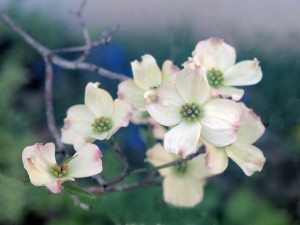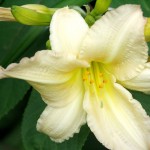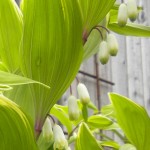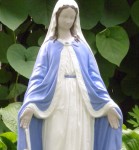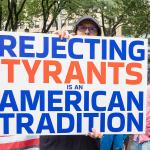As frost moves out of the ground in the northern Midwest, and mud season moves in, we eagerly wait to begin gardening. And while we wait, we plan.
Looking out through windows and doors we often see open areas in our landscape. We might think that a new ornamental tree or evergreen would add visual interest. Trees and shrubs are more permanent than herbaceous perennial plants. So take time to plan for the long term beauty and investment of hardwoods.
Before you make a purchase, consider where you’ll plant the tree or shrub. Soil analysis is important so obtain this first. Soil pH, composition and drainage need to be matched to the hardwood you plan to grow. Remember the key is “right plant, right place.” Read up on the plant you intend to buy and match it to the site.
In southern Michigan, where I live, the cold hardiness zone is rated Zone 5, meaning average winter temperatures can get as low as -10º to -20º. When plants are tagged by Zones it indicates that they will survive a 50% winter-kill and still come back in the spring. Did you get that? Winter damage to 50% of the plant and survive…that can be pretty devastating to a tree! We don’t often have -20º temperatures, but with wind chills and sustained lows below zero plants tagged at this Zone will be stressed. And remember…stressed plants are more prone to diseases and pests.
For this reason I often select hardwoods for a Zone colder especially when they’ll be grown in an exposed location. I also read the grower’s tag attached to plants to learn where the nursery is located, and purchase plants commercially grown in a similar climate. A hardwood cultivar grown in a nursery in Carolina will be more prone to winter kill than the same cultivar grown in Minnesota—both being tagged for Zones 4-6.
You can locate hardwoods that are at the farthest range of their Zone in an area protected from winter winds and where heat from buildings creates a micro-climate (where temperatures run a bit warmer). This helps but is not a guarantee against winter damage from ice and snow.
Greenhouses and nurseries buy bare-root stock that is dormant, pot them up, and grow them on for sale in the spring. At the end of the season the remaining unsold plants are carried over and usually repotted to prevent becoming root bound.
Root bound plants often do poorly in the landscape. Hardwoods that are root bound are fairly easy to spot—and frequently discounted. Often larger roots are pushing out through drainage holes, can be seen circling near the surface, have forced their containers to become warped, or are so tightly compressed in their container that nearly all the soil is missing. An experienced gardener may be successful transplanting a hardwood in this condition. The average homeowner should select another plant—no matter how low the price!
Finally, when purchasing a tree or shrub, be sure you can lift it. You may have help loading the tree into your vehicle, but not at home to unload it and plant. I have finally learned at middle-age that bigger is not always better.

